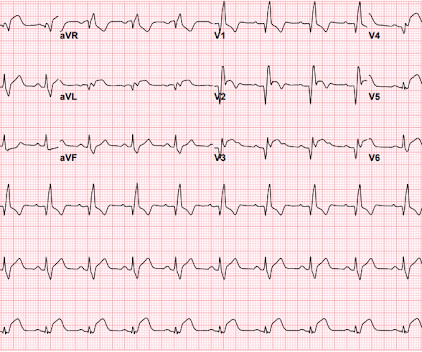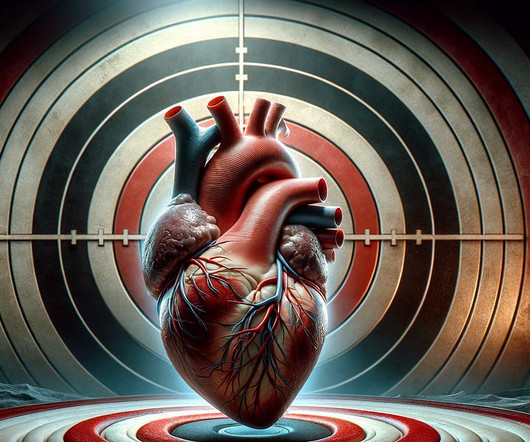Who Needs a CT Coronary Angiogram?
All About Cardiovascular System and Disorders
APRIL 17, 2024
CT coronary angiograms are increasing in popularity as a non-invasive screening test for detecting blocks in coronary arteries. Coronary arteries are blood vessels supplying oxygenated blood to the heart. Veins are blood vessels returning deoxygenated blood to the heart.












Let's personalize your content